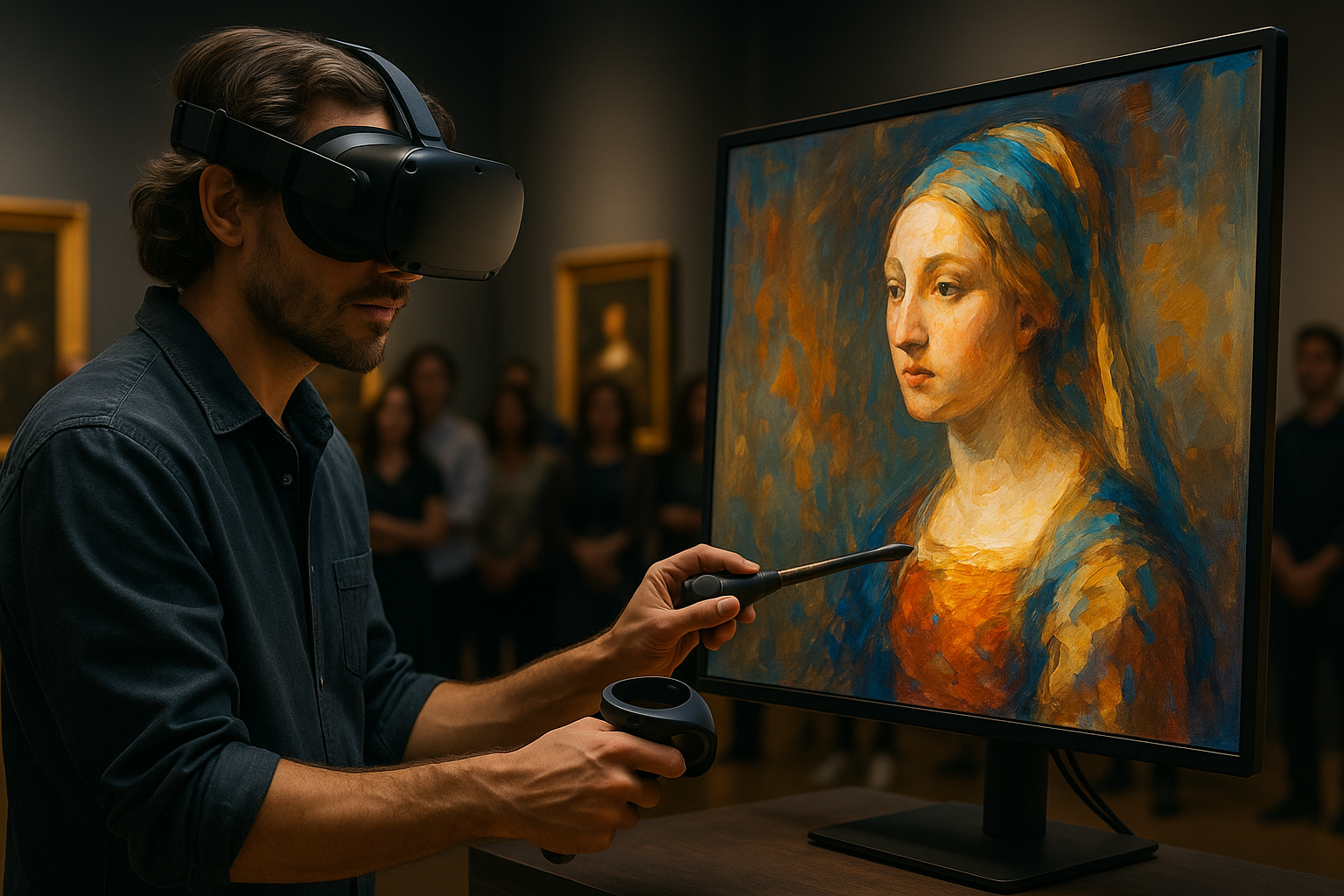Strategies for Promoting Independent Exhibitions Online
Independent exhibitions can reach wider audiences online by combining clear curation, thoughtful storytelling, and practical digital promotion. This article outlines realistic strategies for outreach, accessibility, monetization, and measurement so organizers and curators can expand cultural impact without overstating results.

Independent exhibitions increasingly rely on online channels to extend cultural reach beyond physical walls. Effective promotion balances curation, storytelling, and accessible digital experiences while maintaining clear objectives for outreach and monetization. The following sections describe focused tactics for promotion, streaming integration, collaboration, licensing, and using analytics to evaluate impact.
How can digital promotion reach new audiences?
A targeted digital promotion plan begins with defined audience segments and mapped channels. Use social media advertising and organic posts to promote upcoming exhibitions, varying formats for different platforms: short video clips for social feeds, still imagery and curator quotes for galleries, and event pages for festivals or community listings. Pair outreach with email newsletters and local services listings to engage existing networks and attract local visitors and virtual attendees. Consistent messaging about the exhibition’s theme and schedule helps build recognition and discoverability over time.
How to apply storytelling and curation to exhibitions?
Strong curation and narrative framing make an exhibition memorable online. Present thematic storylines in artist bios, exhibit captions, and guided tour scripts so viewers can follow a coherent arc. Use visual storytelling through high-quality photography and short video segments that highlight process, context, and artist commentary. Curatorial essays and timed story releases create layered experiences that encourage repeat visits and deeper engagement from online audiences interested in culture and critical context.
What role does accessibility play in outreach?
Accessibility is essential for inclusive outreach. Provide alternative text for images, captioning for streaming or video content, and readable transcripts for spoken-word performances. Consider language options or summaries for diverse audiences and make sure website navigation works with assistive technologies. Promoting clear accessibility features in marketing materials reassures potential visitors that the exhibition prioritizes access, which can broaden audience demographics and increase cultural participation.
How can streaming and performance extend reach?
Streaming can translate live performance and interactive elements to remote audiences, whether as scheduled broadcasts, on-demand recordings, or hybrid festival programming. Use platform-appropriate formats—live Q&A sessions on social channels, higher-quality streams for ticketed performances, and short clips for promotional reels. Integrate performance excerpts into exhibition pages to illustrate atmosphere for those who can’t attend in person. Streaming also supports partnerships with venues or festivals seeking to share content across regions and time zones.
What options exist for monetization and licensing?
Monetization strategies vary from pay-what-you-can tickets for streamed performances to tiered memberships that offer exclusive content. Consider licensing high-resolution images, video recordings, or archival material to educational institutions or publications under clear terms. Develop transparent pricing for prints, merchandise, or downloadable catalogs tied to the exhibition. Balance revenue goals with accessibility commitments, and document licensing arrangements to protect artist rights while enabling wider distribution and potential income streams.
How to measure impact with analytics and collaboration?
Use analytics to track visits, click-throughs, video views, and conversion rates for event sign-ups or ticket sales. Monitor engagement metrics on social platforms and website behavior to understand which narratives or formats resonate. Combine quantitative data with qualitative feedback from collaboration partners, artists, and audiences to refine future curation and outreach. Establish simple reporting routines to compare campaigns and allocate resources toward the most effective promotion channels and cooperative partnerships.
Conclusion Promoting independent exhibitions online involves integrating deliberate curation, accessible storytelling, targeted promotion, and realistic monetization. Combining streaming and performance content with thoughtful licensing and collaborative outreach strengthens cultural impact. Regular use of analytics and audience feedback helps refine strategies, ensuring exhibitions remain relevant, reachable, and responsibly managed in a shifting digital landscape.





